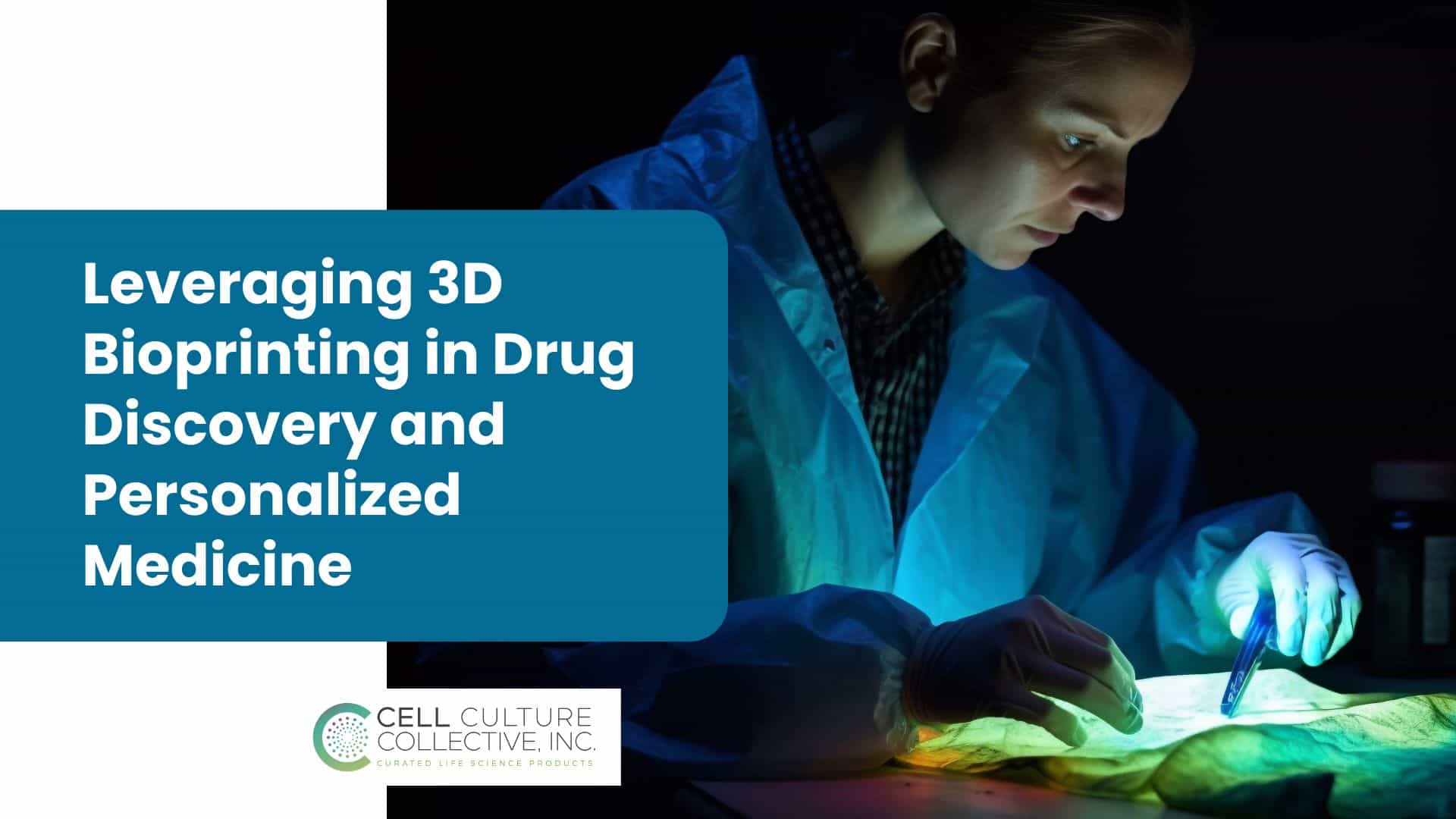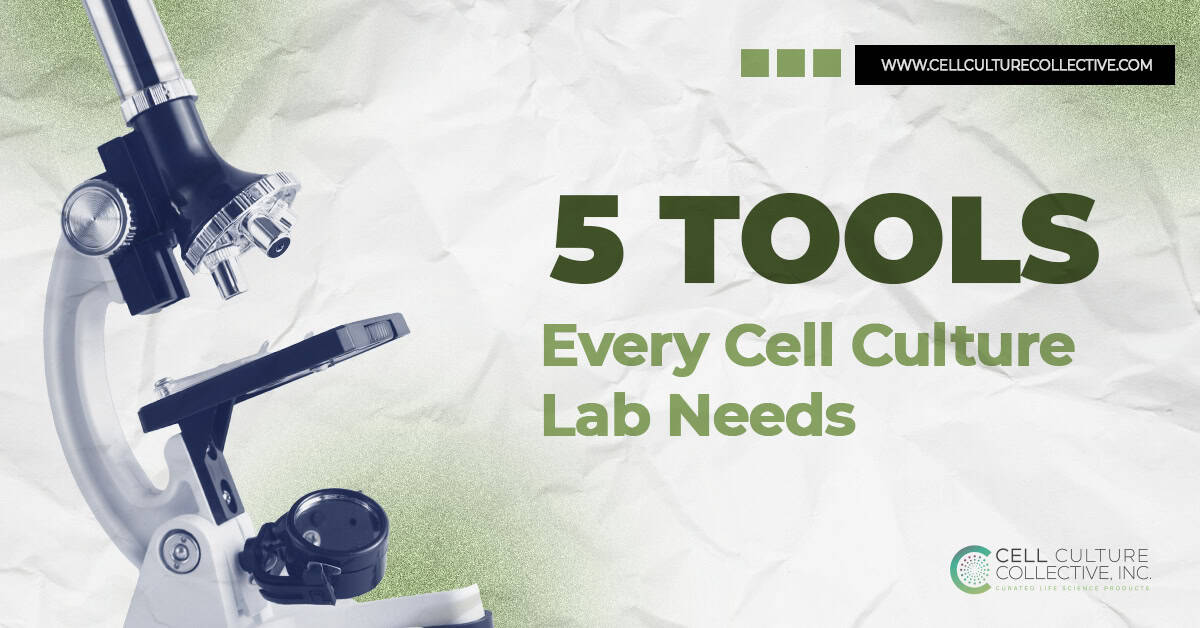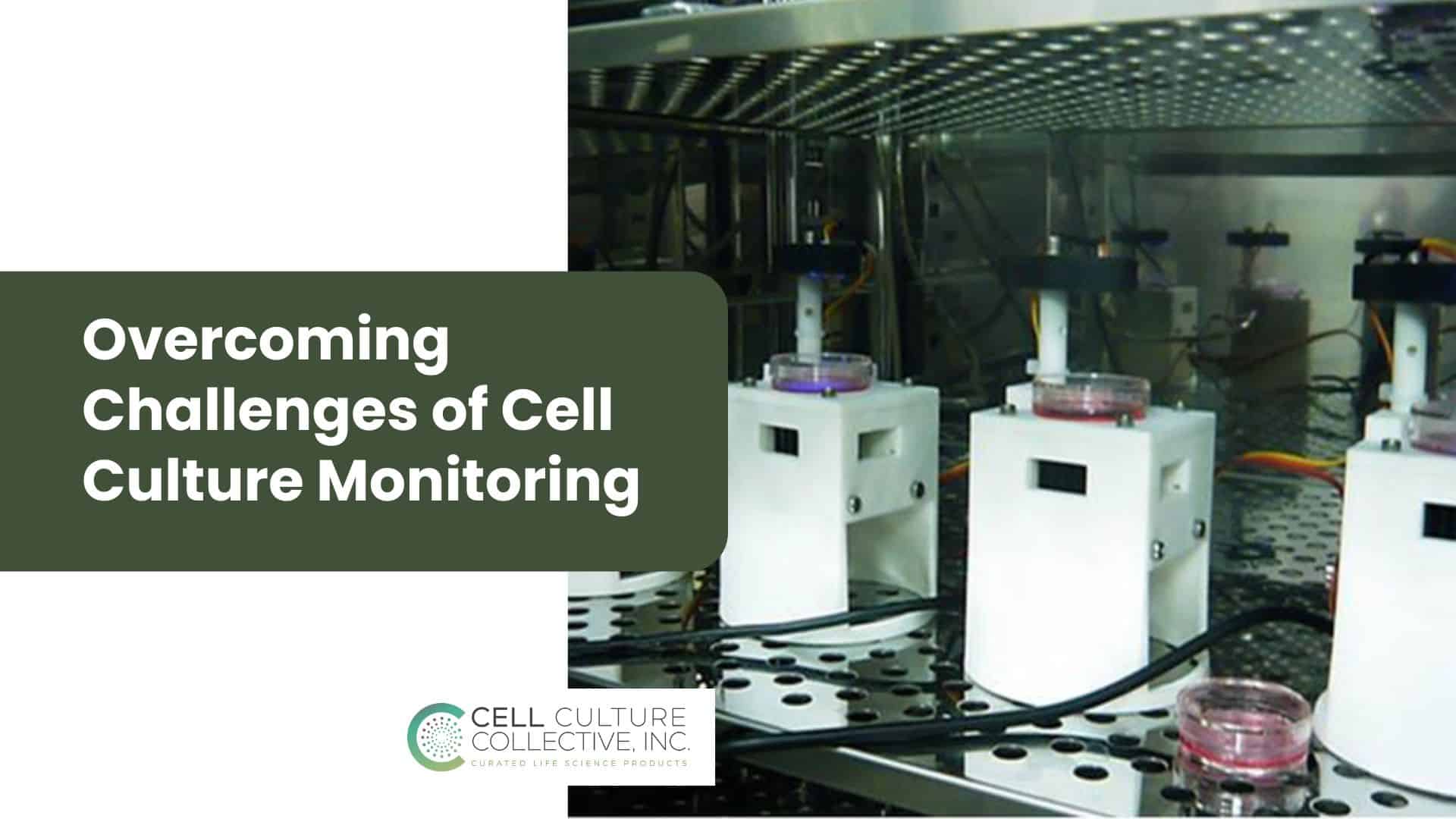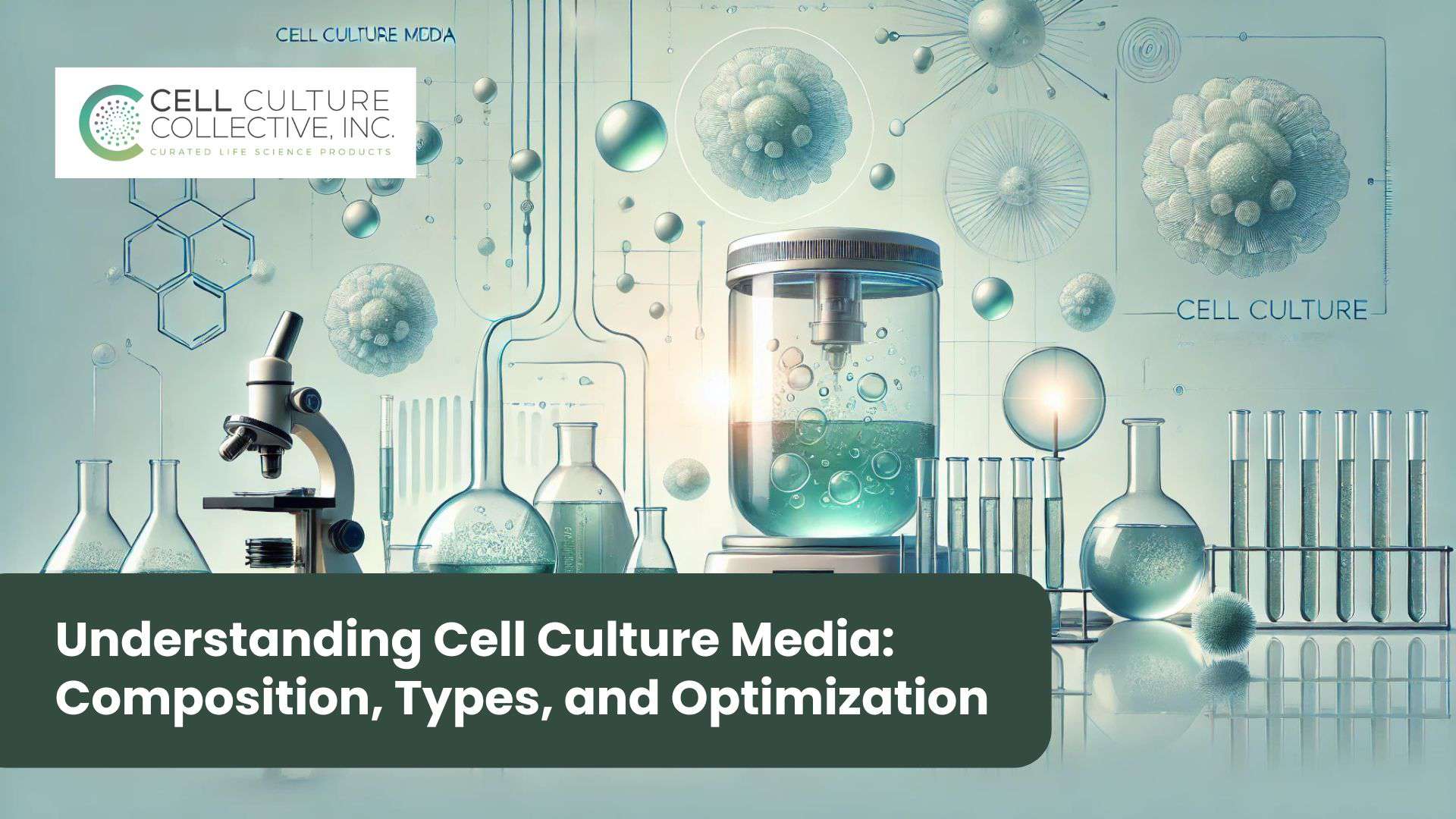A future where new drugs are developed faster, safer, and with greater precision—without relying on animal testing or lengthy clinical trials. A future where treatments are tailored specifically to your genetic makeup, providing maximum efficacy with minimal side effects. This is the promise of 3D bioprinting in drug discovery, a groundbreaking technology revolutionizing drug discovery and personalized medicine.
3D bioprinting uses layer-by-layer printing techniques to create intricate tissue models that mimic human physiology. By doing so, it provides a powerful platform to test drug efficacy, predict side effects, and explore personalized therapies—all with unprecedented accuracy. According to recent studies, bioprinted tissue models have the potential to reduce preclinical testing time and cost by up to 30%.
Beyond drug discovery, the ability to create patient-specific constructs is opening doors to personalized medicine, where treatments are designed to match an individual’s unique genetic and biological profile. From bioprinted skin grafts to functional organ replacements, the possibilities are as transformative as they are endless.
This blog explores how 3D bioprinting is reshaping healthcare—diving into its applications, challenges, and the incredible breakthroughs driving it forward.
What is 3D Bioprinting?
At its core, 3D bioprinting is the process of using specialized 3D printing technology to fabricate living tissues and biological structures layer by layer. Unlike traditional 3D printing, which uses plastics or metals, bioprinting uses bio-inks—substances made from living cells and compatible biomaterials—to create constructs that mimic the complexity of natural tissues.How Does 3D Bioprinting Work?
The process of 3D bioprinting typically involves three key stages:- Pre-Bioprinting: Designing a 3D digital model of the desired tissue or structure, often based on medical imaging like CT or MRI scans.
- Bioprinting: Depositing layers of bio-ink using a specialised bioprinter to form the desired tissue.
- Post-Bioprinting: Culturing the bio-printed tissue in a controlled environment to ensure cell growth and functionality.
Evolution of 3D Bioprinting
What began as a niche technology has rapidly evolved into a powerful tool for healthcare innovation. Early applications were focused on simple constructs, such as cartilage or skin models. Today, 3D bioprinting is capable of creating complex tissue architectures, including vascularized tissues and organoids that closely resemble human organs.Why 3D Bioprinting Matters
- Improved Accuracy: Unlike traditional 2D cell cultures, 3D bioprinted models mimic the structural and functional complexities of human tissues.
- Ethical Advantages: By reducing reliance on animal testing, bioprinting addresses ethical concerns while improving translational accuracy.
- Sustainability in Research: With customizable, scalable options, it offers cost-effective solutions for drug and therapeutic development.
Applications Beyond Drug Discovery
While 3D bioprinting is making waves in drug discovery, its broader applications include regenerative medicine, organ transplantation, and even disease modelling for rare conditions. This makes it a cornerstone of modern healthcare innovation.3D Bioprinting in Drug Discovery
Drug discovery is a time-intensive and costly process, often taking over a decade and billions of dollars to bring a single drug to market. Traditional methods heavily rely on animal models and 2D cell cultures, which, while useful, often fail to accurately predict human responses. This is where 3D bioprinting steps in as a game-changing innovation.Creating Human-Like Tissue Models
With 3D bioprinting, researchers can create tissue models that closely replicate human physiology. These models provide a more realistic environment for studying drug effects, enabling scientists to:- Test drug efficacy and toxicity on bio-printed liver or kidney tissues.
- Identify potential side effects earlier in the pipeline, reducing late-stage failures.
- Personalize drug screening by using patient-specific cells to assess responses.
Reducing Reliance on Animal Models
One of the most significant advantages of bioprinting is its potential to reduce reliance on animal testing. While animal models often provide limited translational accuracy due to species differences, 3D bio-printed tissues offer a human-relevant alternative that improves predictive reliability.Accelerating the Drug Development Pipeline
By mimicking the complexities of human organs, bio-printed models can speed up preclinical testing, enabling researchers to quickly identify promising compounds. For instance:- Bioprinted tumour models have been used to test the efficacy of anti-cancer drugs in a controlled environment.
- Multi-organ-on-a-chip systems are now integrating bio-printed tissues to simulate complex interactions between different organs during drug metabolism.
Real-World Applications
Several groundbreaking studies have showcased the transformative potential of 3D bioprinting in drug discovery:- Liver Tissues: Bioprinted liver models are being used to study drug-induced liver injury (DILI), a leading cause of drug failure.
- Cardiac Models: Researchers are testing cardiovascular drugs on bioprinted heart tissues to predict arrhythmia risks (4).
3D Bioprinting and Personalized Medicine
Personalized medicine—tailoring treatments to an individual’s unique genetic and biological profile—has always been the gold standard of healthcare. With 3D bioprinting, this vision is becoming a reality, offering revolutionary possibilities in patient-specific treatments and therapies.Custom-Tailored Tissue Constructs
One of the most significant breakthroughs in personalized medicine is the ability to create tissue constructs that are specifically designed for individual patients. By using a patient’s own cells, 3D bioprinting can:- Develop bio-printed skin grafts for burn victims, perfectly matching their unique physiology.
- Create cartilage implants customized to a patient’s anatomy, ensuring better integration and reduced rejection risks.
Simulating Individual Drug Responses
Another game-changing application is the use of bio-printed tissue models to simulate a patient’s response to medications. By integrating genetic profiling with 3D bioprinting, researchers can:- Test the efficacy and safety of drugs in a personalized tissue environment.
- Predict adverse drug reactions before administering treatments.
- Optimize dosages for maximum effectiveness.
Advancements in Regenerative Medicine
3D bioprinting is also pushing the boundaries of regenerative medicine, where the goal is to repair or replace damaged tissues and organs. Some promising developments include:- Bioprinted Organoids: Miniature, functional replicas of human organs, such as kidneys or lungs, that can be used for both therapy and research.
- Functional Implants: Fully customized implants, like bioprinted trachea or ear cartilage, are now in clinical trials (2).
Case Study: Bioprinted Heart Patches
In a groundbreaking study, researchers successfully bioprinted heart patches using patient-derived cells. These patches are being explored as a treatment for cardiac patients, offering a personalized approach to repairing damaged heart tissue (3).The Future of Personalized Medicine
The integration of 3D bioprinting with technologies like CRISPR and artificial intelligence opens up endless possibilities for personalized medicine. From creating complex tissue architectures to designing fully functional, patient-specific organs, the future of healthcare is being reshaped one layer at a time.Current Challenges in 3D Bioprinting
While 3D bioprinting holds immense promise, several barriers must be addressed to fully unlock its potential. A major challenge lies in developing bio-inks that balance printability, biocompatibility, and structural integrity while supporting cell viability. Additionally, the creation of vascularized tissues—a critical component for larger constructs—remains a significant obstacle. Emerging solutions, such as sacrificial bio-inks and microfluidic technologies, are making progress but require further refinement for scalability and widespread use. Beyond technical hurdles, the high costs of 3D bioprinting materials and equipment limit accessibility. Regulatory frameworks for bio-printed products are still evolving, creating uncertainty for clinical applications. Ethical concerns, such as the implications of creating human-like tissues, add another layer of complexity. Addressing these challenges will require robust collaboration between academia, industry, and regulatory bodies, alongside sustained investments in research and innovation.Breakthroughs and Future Outlook
Despite the challenges, 3D bioprinting is advancing rapidly with innovative breakthroughs paving the way for transformative applications in healthcare. Here are some of the most notable advancements:- AI-Driven Bioprinting: Artificial intelligence is now being integrated into bioprinting workflows to optimize tissue designs, automate processes, and ensure quality control at every stage.
- Multi-Material Bioprinters: Cutting-edge bioprinters now enable the simultaneous use of multiple bio-inks, allowing the creation of tissues with diverse cellular and structural components for more accurate models.
- Advanced Bio-Inks: The development of bio-inks enriched with growth factors and extracellular matrix components is improving the functionality, longevity, and complexity of bio-printed tissues.
- Functional Organ Models: Progress in creating bioprinted organoids, such as liver, kidney, and heart models, has significantly improved preclinical drug testing and disease modeling.
- Edible and Degradable Scaffolds: Innovative scaffolding materials that are biodegradable or edible are enabling better integration of bio-printed constructs with natural tissues.
- Vascularized Tissues: Recent breakthroughs in vascularization techniques, such as microfluidic bioprinting, are addressing the long-standing challenge of providing nutrients and oxygen to larger tissue constructs.
- Collaborative Efforts: Partnerships between academic institutions, biotech companies, and government initiatives (e.g., EU’s Horizon 2020 program) are driving research and development in bioprinting technologies.
- Future Possibilities: Scientists are working towards creating fully functional, transplantable organs, with predictions suggesting that bio-printed organ transplants could become feasible within the next decade.
Conclusion
3D bioprinting is redefining the future of healthcare, bridging the gap between innovation and practicality in drug discovery and personalized medicine. By enabling the creation of human-like tissue models and patient-specific constructs, this transformative technology is accelerating drug development, enhancing treatment precision, and reducing reliance on traditional testing methods. While challenges such as scalability, cost, and ethical considerations remain, the advancements in AI integration, bio-ink development, and multi-material bioprinters highlight a promising path forward. As collaborations between academia, biotech, and governments deepen, the potential of 3D bioprinting to reshape medicine becomes even more tangible. From personalized therapies to the dream of transplantable bio-printed organs, the possibilities are limitless. With continued innovation and interdisciplinary efforts, 3D bioprinting is not just a tool for the future\u2014it is a revolution unfolding before our eyes, offering hope for a healthier and more efficient healthcare system.References
- ScienceDirect. “3D Bioprinting in Drug Discovery and Personalized Medicine.”
- National Center for Biotechnology Information (NCBI). “3D Bioprinting for Personalized Medicine: Applications and Perspectives.”
- PMC. “3D Bioprinting for Drug Testing and Personalized Medicine.”
- ScienceDirect. “3D Printed Cardiac Models for Drug Testing.”
- PMC. “3D Bioprinting for Personalized Medicine: Applications and Perspectives.”
- ScienceDirect. “3D Bioprinting in Regenerative Medicine.”
- National Center for Biotechnology Information (NCBI). “Bioprinted Cardiac Patches: A New Era in Personalized Medicine.”









